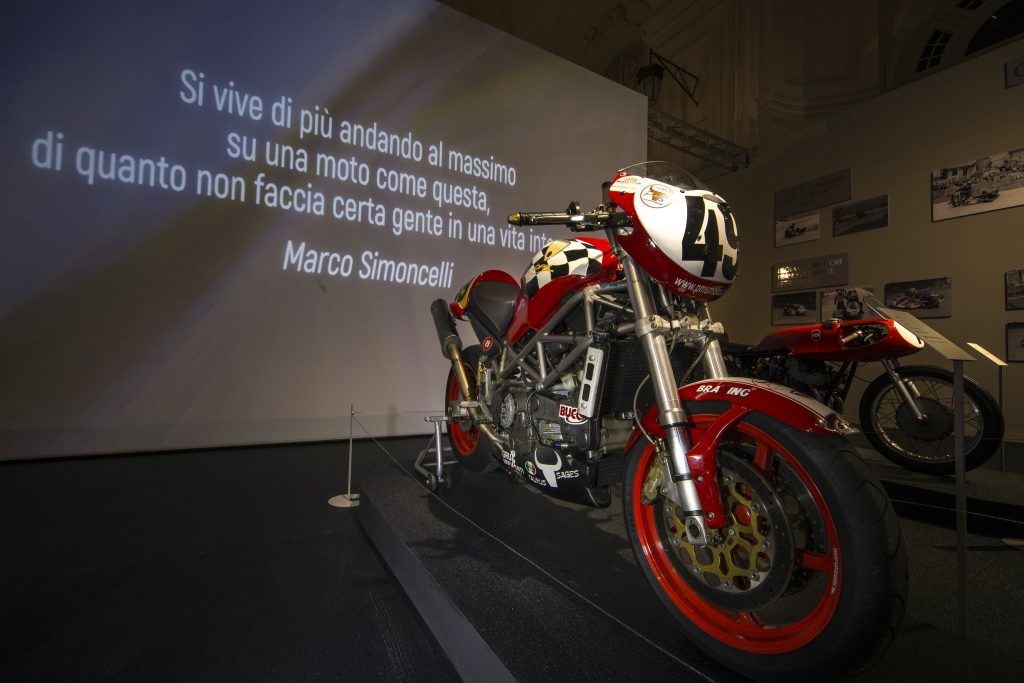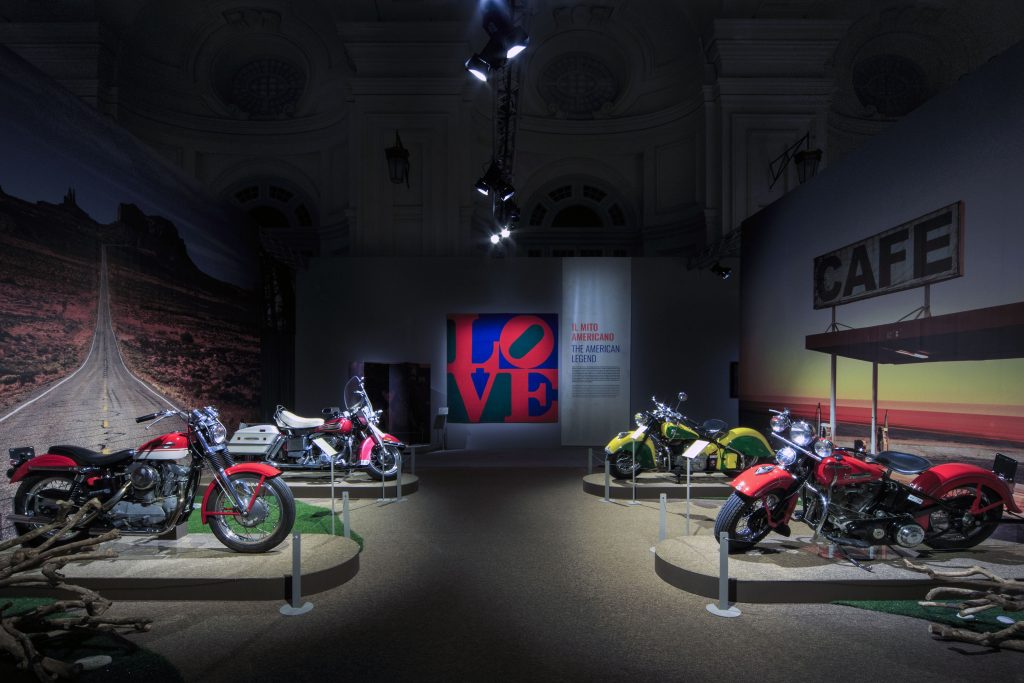
#EasyRider #Motorcycle #Contemporary #Art
EASY RIDER
Il mito della motocicletta come arte

TORINO, REGGIA DI VENARIA
Citroniera delle Scuderie Juvarriane
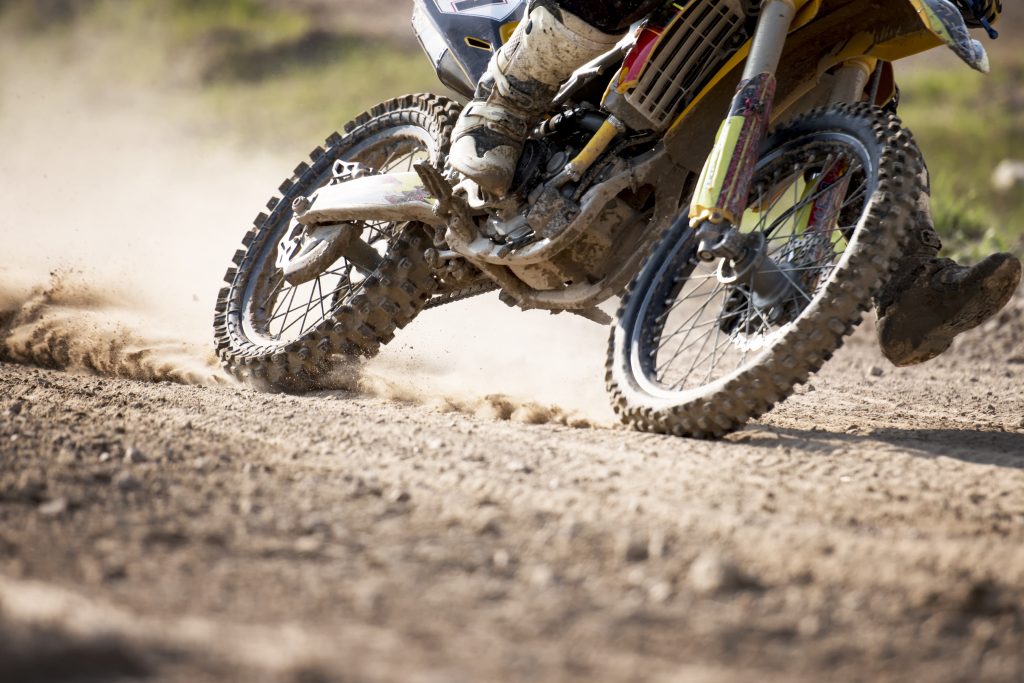
Motorcycles make us dream. Their bold shapes, the melody of the motor and the bright colours of the gas tanks represent freedom, escape from the world, a race beyond infinity. They are true artistic creations that reveal the inspiration of those who #design them and transform our concept of agility and movement.
The are believed to have been invented in 1885 though their aesthetic developed after the Second World War, and in less than 150 years of history some makes and models have earned a place in the collective imagination, from Italian companies such as Ducati and Moto Guzzi, by way of British genius and Japanese efficiency, to finally cross the ocean to the American legend of the Harley Davidson. A journey around the world to discover the stories that made great what Pirsig called „a system of concepts worked out in steel“.
Exactly twenty years after The Art of the Motorcycle, the great exhibition at the Guggenheim Museum in New York that set a record for visitors, Arthemisia and Consorzio delle Residenze Reali Sabaude offer the world of motorcycles the exhibition Easy Rider. Il mito della motocicletta come arte.
With the patronage of the City of Turin, curated by Luca Beatrice, Arnaldo Colasanti and Stefano Fassone, and was hosted at the Reggia di Venaria in the halls of the Citroniera delle Scuderie Juvarriane from 18 July 2018 to 24 February 2019.
Many motorcycle models which where on display at Venaria, and several evoke legendary films, like the chopper from Easy Rider and the Triumph Bonneville Steve McQueen rode in The Great Escape. Then there are grand prix racers, Giacomo Agostini’s MV Agusta, Valentino Rossi’s Yamaha and Casey Stoner’s Ducati.
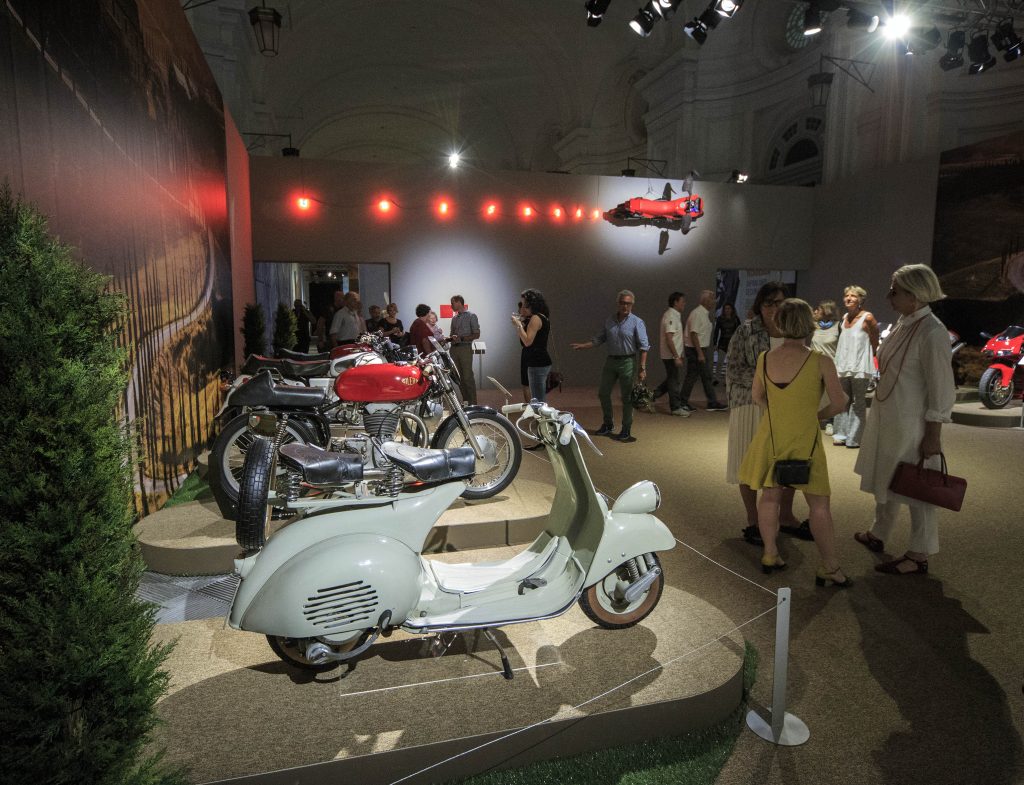
Others are vehicles inseparable from travel and adventure: Bettinelli’s legendary Vespa, which travelled 24,000 km from Rome to Saigon, specials that crossed the sandy desert in the Paris-Dakar, as well as enduro, trials and strips of asphalt.
And there’s an important new element: over fifty motorcycle models create a dialogue with contemporary works of art, including explicit references and indirect suggestions. The artists include names such as Antonio Ligabue with Autoritratto con Moto (Self-Portrait with Motorcycle, 1953), Mario Merz with Accelerazione = Sogno (Acceleration = Dream), a historic installation exhibited in various museums since 1972, Pino Pascali with 9 mq di pozzanghere (9 Square Metres of Puddles), realized in 1967, one year before his death.

151.tif 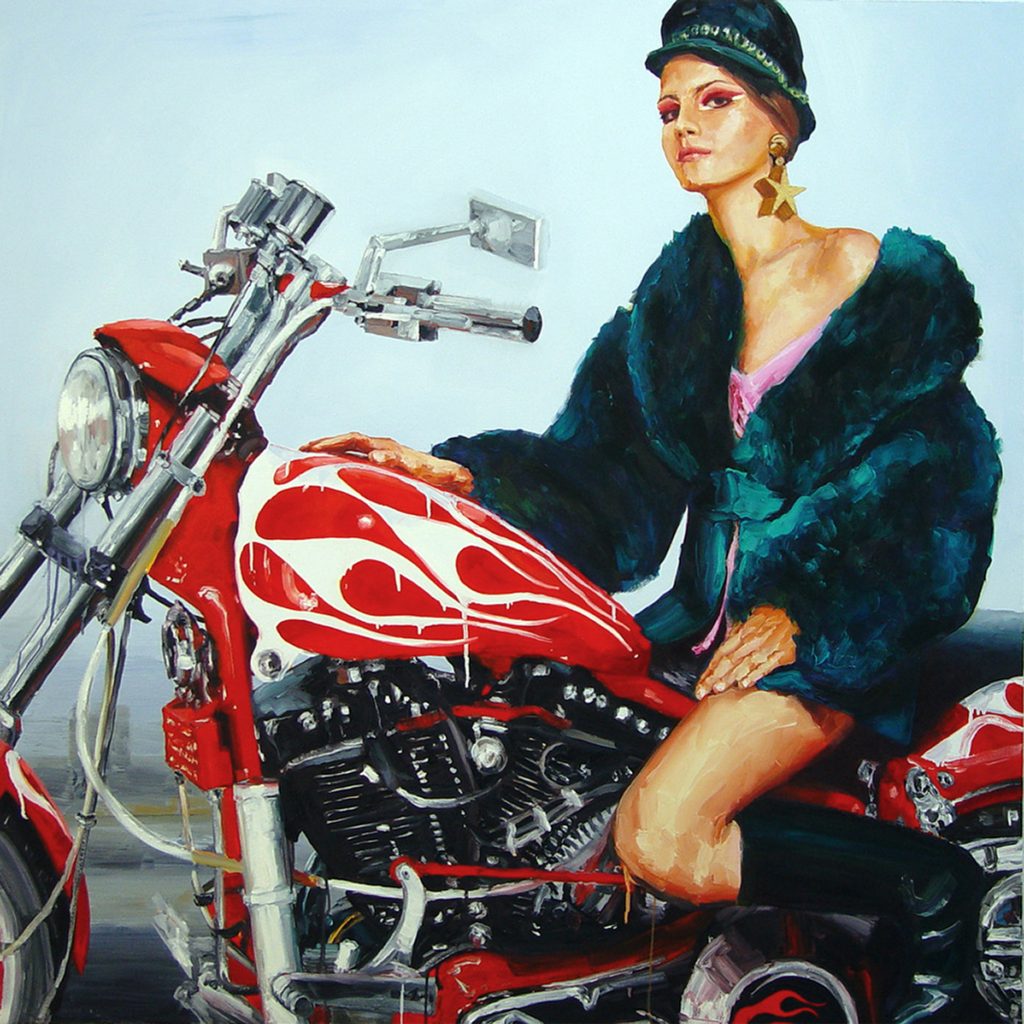



Portrait of senior motorcyclist
And there are others: Alighiero Boetti, Rosso Guzzi (Guzzi Red) and Rosso Gilera (Gilera Red, 1971), the large sculpture Vejo by Giuliano Vangi (2010), Gianni Piacentino’s unpublished photographs High Speed Memories (1971-1976) which testify to his participation in sidecar races and the sculpture Self Portrait Race (1991-1993). We find a grain of authenticity in the paintings of Paul Simonon, former bass player from The Clash, a passionate motorcycle collector.



Motocross rider riding on dirt track. 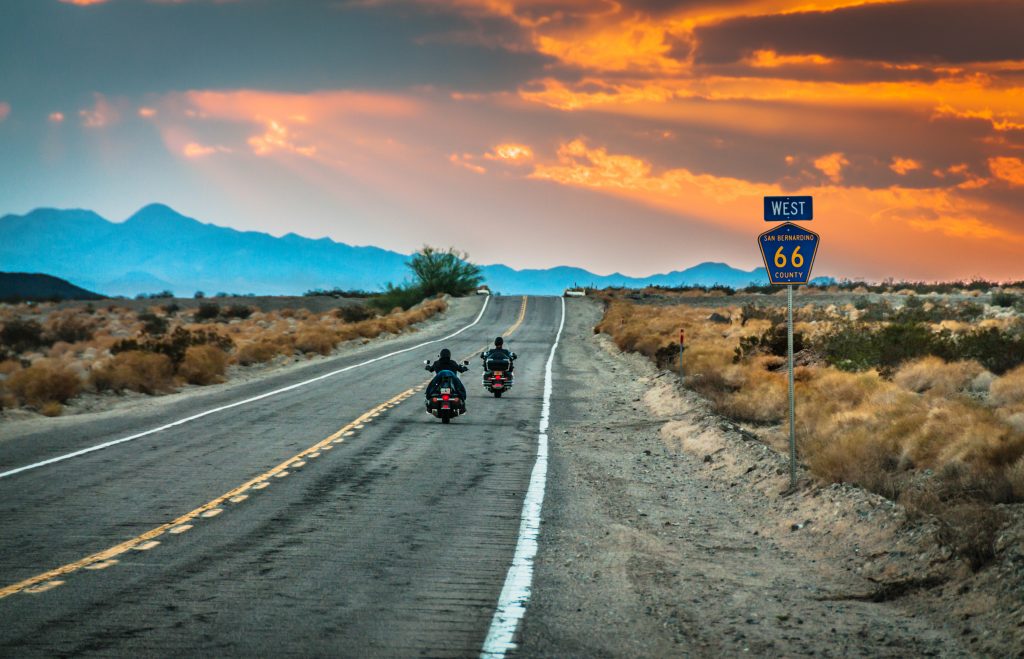
Photographs and film stills and posters express a 360 degree view of motorcycling. Of course, there is the desire for freedom, anger and the wish to escape, but above all the self-discovery that borders on philosophy and materializes through the journey.
The exhibition Easy Rider tells an extraordinary story that has become a legend: with style, speed and performance, the motorcycle has fuelled the legend of the journey, the conquest of freedom, solitude where nothing separates you from the landscape as you cross it flying on two wheels.
The story unfolds over nine sections: Style, Form and Italian #design; Japan and Technology; Mal d’Afrique; Speed; Yes, to Travel!; London Calling; The American Legend; Land, Mud and Freedom; Motorcycles and the Cinema.
The catalogue is published by Arthemisia Books and includes texts by the curators, contributions by Alessandra Castellani, Franco Daudo, Pietro Grossi, Giorgio Sarti and Ted Simon, Tim Marlow’s interview with Paul Simonon and Moreno Pisto’s interviews with champions Valentino Rossi and Giacomo Agostini.
The Art Supporter for the exhibition was Honda Moto
Technical Sponsor: Bomboogie.
Media Partners: La Stampa, Moto.it, Motociclismo, Radio Monte Carlo. The #event is recommended by Sky Arte HD.
THE EXHIBITION
First section – Style, Form and Italian Design

Ingenuity is something all-Italian, in style, functionality and elegance. But ingenuity is also the exhilarating search for beauty, the great tradition of our racing industry. For generations of Italians, motorcycles have meant the thirst for freedom. After World War II, Italian #design exploded and gave motorcycle models the guiding characteristics of Italian creativity: slender lines, proportion and intelligent mechanics. The result is art, especially alive in the Arte Povera that began in 1967. What matters is not the „poor“ materials, but that they are capable of transforming into action, story and environment. For Alighiero Boetti, colour is the measure of the image. In Mario Merz’s Accelerazione (Acceleration), a motorcycle is launched toward infinity, while neon makes the dream a reality, as it always is, real, in the Agusta F4 Oro, 1998 or in the grace of 1951 Gilera Piuma, the vision of movement. Pino Pascali is the „motorcyclist of art“: his Pozzanghere on the asphalt are leaps into the void. Rebel games of youth.
Second section – Japan and Technology
Honda, Suzuki, Yamaha and Kawasaki have been the four stars of the Japanese motorcycle industry since the nineteen-seventies. A perfect balance of technique and quality in the frames, an exact meeting of lightness, modularity and strength in materials, the elegance and the sometimes extravagant, if not childish, aggressiveness of perfectly reliable motorcycles. The power and the dream of the Rising Sun quickly conquered the international market. The motorcycle is not just a means of transport; it aspires to be sport, fun, youth, beauty and natural art. The new Japanese motorcycle was therefore a lively and fantastically conceptual image of the post-war Japanese avant-garde: it appears as a fluxus reality, manga suddenly brought into being to flash through the street crossings of Tokyo.
Third section – Mal d’Afrique

When Thierry Sabine nearly got lost in the desert during the Abidjan-Nice race, he endeavoured to exorcise the nightmare by imagining a new „school of life“, a rally in the opposite direction: in 1979, the Paris-Dakar was born. We have never seen a film or book able to describe the terrible attraction of the desert and the mal d’Afrique so well as the fury of cars, trucks and motorcycles does. Dust storms, racecourses of rocks and stone, the terrible heat and the solitude of the racers, the natural pitfalls, the fatigue, even death. But the legend, too. Legendary motorcycles have raced thousands of kilometres from dawn to night: Yamahas, BMWs, KTMs, as well as Cagivas, Gileras and Hondas. The journey to the Senegalese shore is still one of the epic enterprises of late-twentieth-century culture. An adventure that clamps technology to the harshness of nature, motor oil to sand, as in Mario Schifano’s Miraggio (Mirage). The dream of exploration offers the key to a life waiting to be built, as in Medhat Shafik’s installation and Chéri Samba’s painting. The Paris- Dakar meant the triumph over fear.
images from Mostra Easy Rider/Lulop



